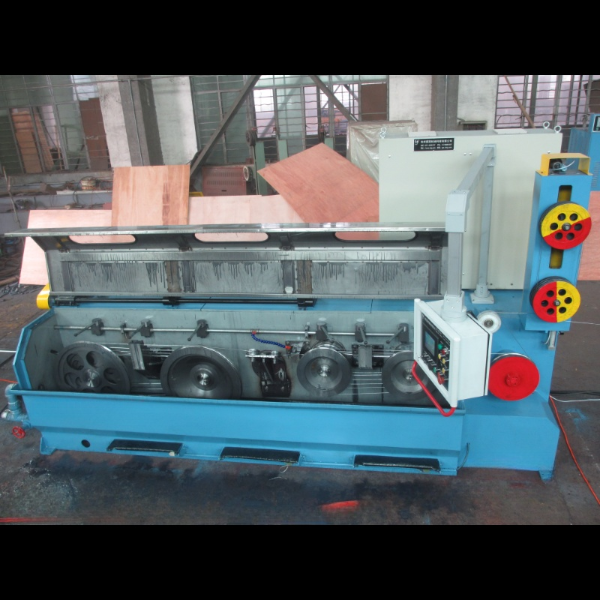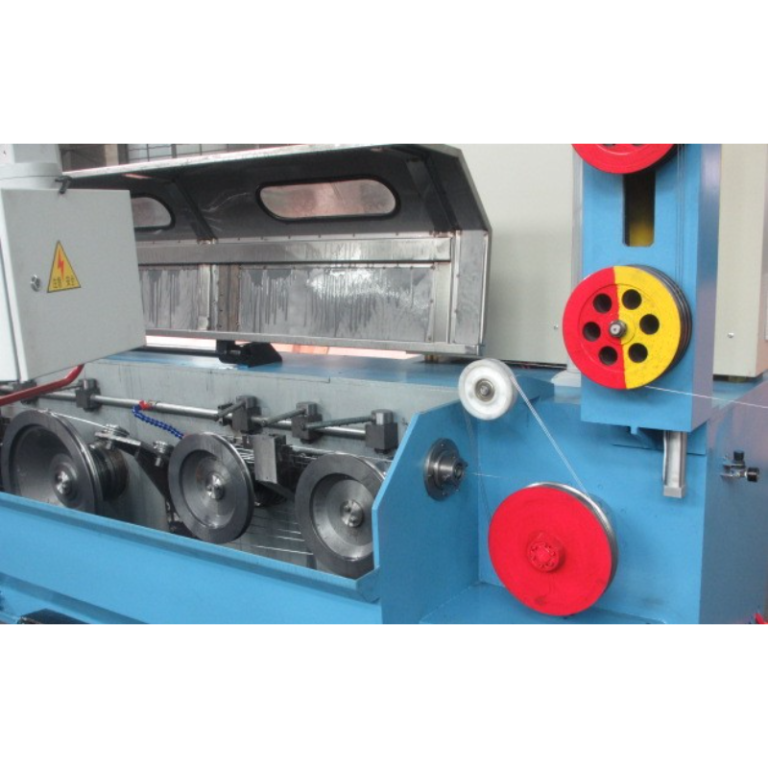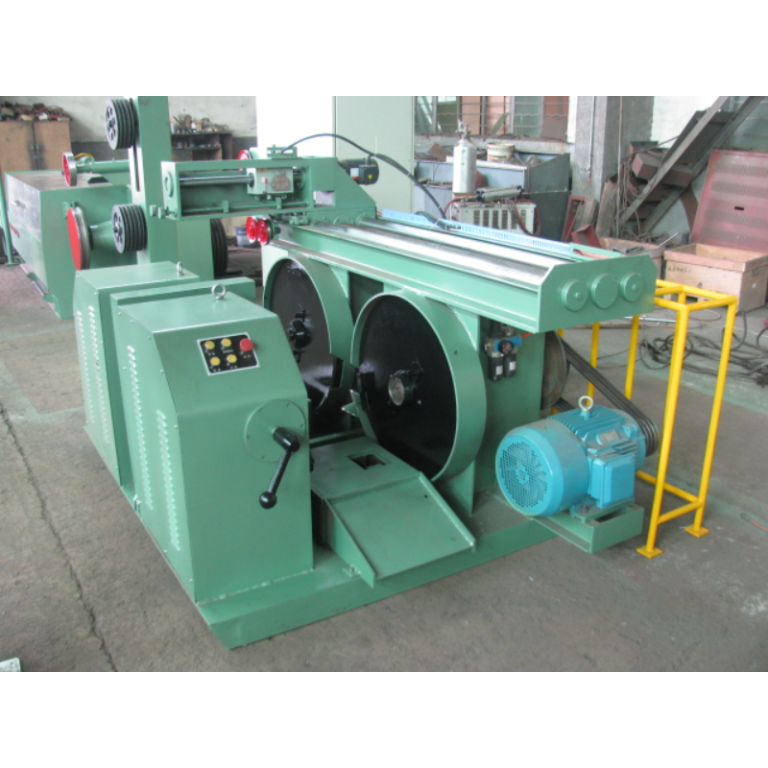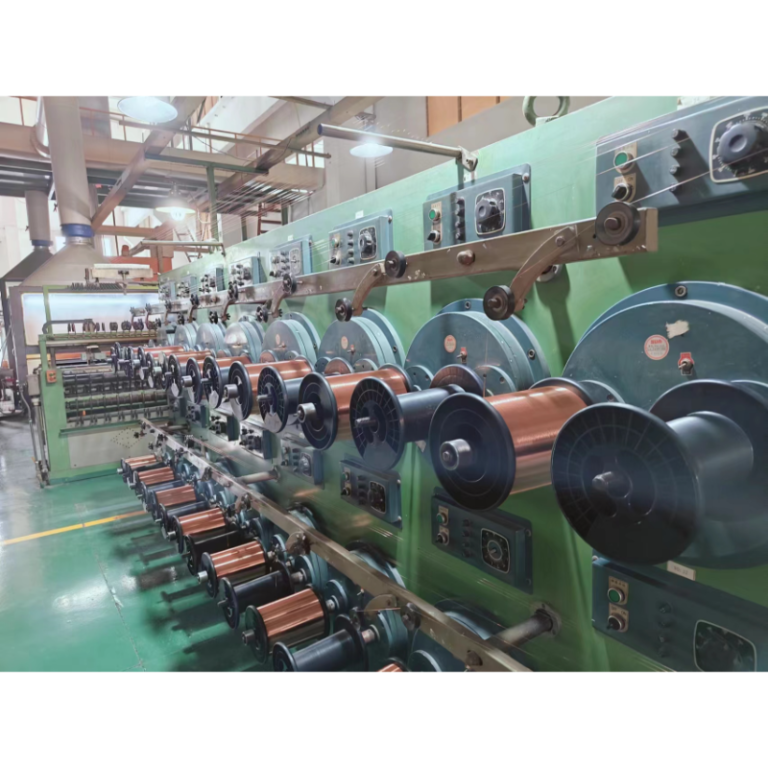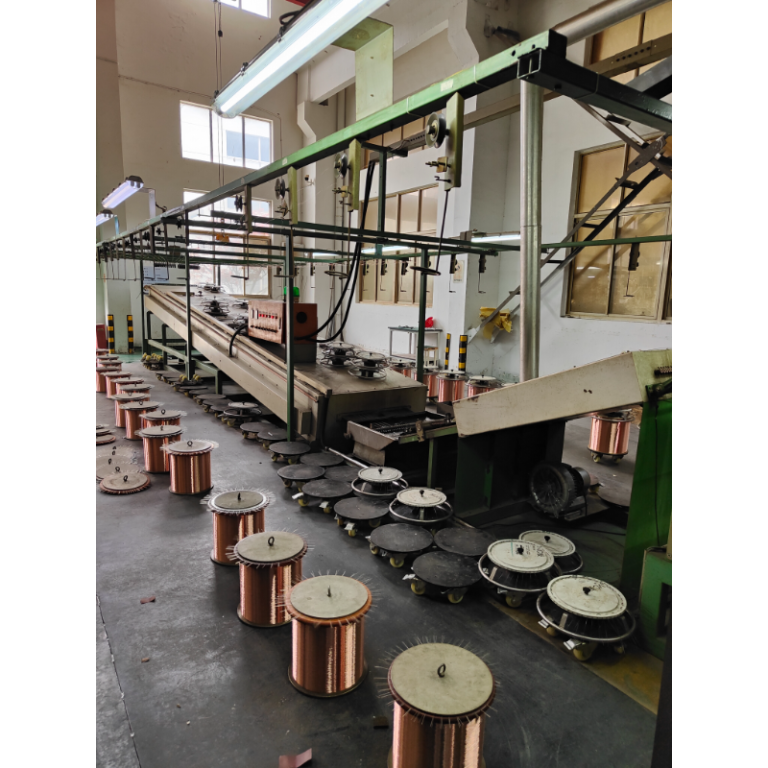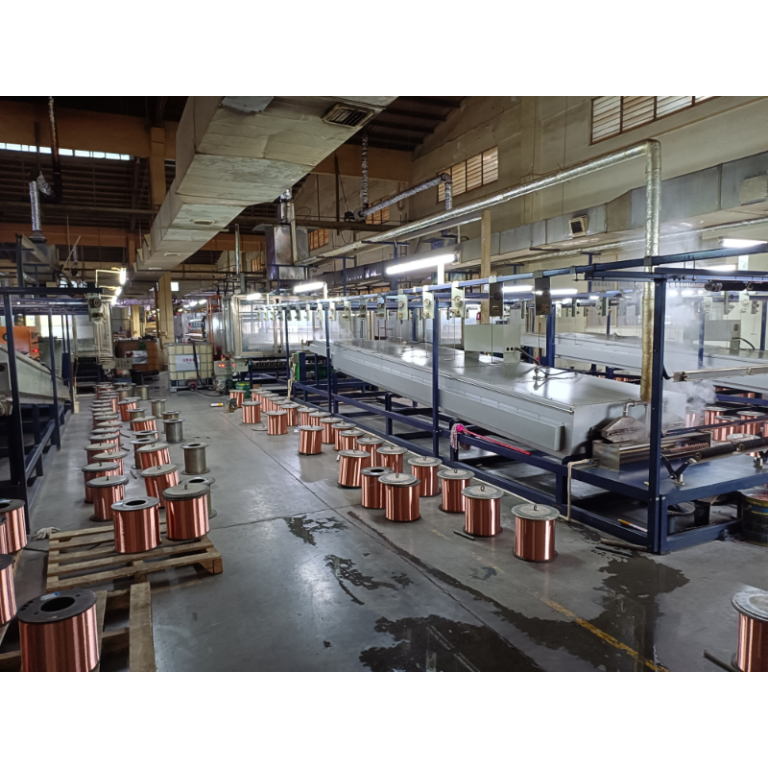Advantages Of Using Aluminum Wire In The Drawing Process
Aluminum Alloy Wire Drawing Machine is a process that involves pulling a metal wire through a series of dies to reduce its diameter and increase its length. This process is commonly used in the manufacturing of electrical wiring, cables, and various other products that require a thin and flexible metal wire. While copper has traditionally been the preferred material for wire drawing due to its excellent conductivity, aluminum is gaining popularity as a viable alternative.
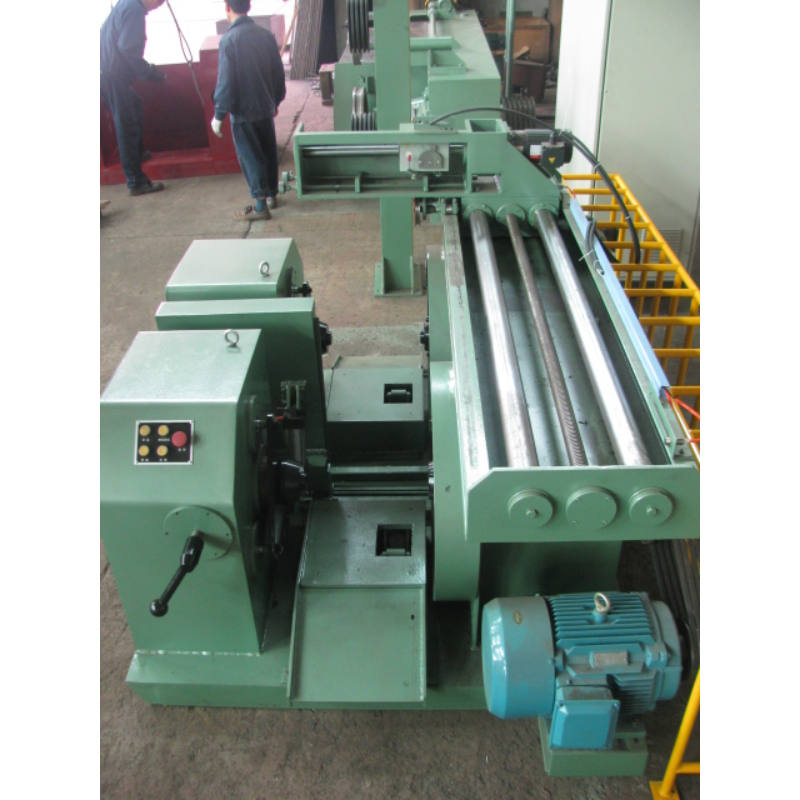
One of the main advantages of using aluminum wire in the drawing process is its lightweight nature. Aluminum is significantly lighter than copper, making it easier to handle and transport. This can result in cost savings for manufacturers, as lighter materials require less energy to produce and ship. Additionally, the lightweight nature of aluminium wire makes it ideal for applications where weight is a concern, such as in aerospace and automotive industries.
Another advantage of using aluminum wire in the drawing process is its excellent conductivity. While copper is known for its high conductivity, aluminum is not far behind. In fact, aluminum has approximately 61% of the conductivity of copper, making it a suitable alternative for many applications. This high conductivity allows aluminum wire to efficiently transmit electricity, making it a reliable choice for electrical wiring and other applications where conductivity is crucial.
In addition to its lightweight nature and excellent conductivity, Aluminum Sheet Wire Drawing Machine also offers superior corrosion resistance. Unlike copper, which is prone to corrosion over time, aluminum is highly resistant to rust and other forms of corrosion. This makes aluminum wire a durable and long-lasting option for applications where exposure to moisture or harsh environments is a concern. Additionally, the corrosion resistance of aluminum wire can help extend the lifespan of products and reduce maintenance costs over time.
Furthermore, aluminum wire is more cost-effective than copper, making it an attractive option for manufacturers looking to reduce production costs. The price of aluminium is typically lower than that of copper, making it a more affordable material for wire drawing processes. Additionally, the lightweight nature of aluminium wire can result in lower shipping costs, further contributing to overall cost savings for manufacturers.
Despite its many advantages, there are some limitations to using aluminum wire in the drawing process. One of the main drawbacks is its lower tensile strength compared to copper. This means that aluminum wire may not be as strong or durable as copper wire, making it less suitable for applications where high tensile strength is required. However, advancements in metallurgy and manufacturing processes have led to the development of high-strength aluminum alloys that can rival the tensile strength of copper.
In conclusion, the advantages of using aluminum wire in the drawing process make it a viable alternative to copper for many applications. Its lightweight nature, excellent conductivity, corrosion resistance, and cost-effectiveness make it an attractive option for manufacturers looking to reduce production costs and improve product performance. While there are some limitations to using aluminum wire, ongoing research and development efforts are continuously improving the strength and durability of aluminium alloys, making them a competitive choice for a wide range of applications.

